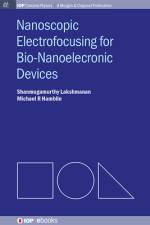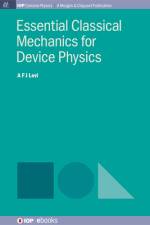av Laylani Camile Mitchell
127
In a realm where magic is woven into the very fabric of existence, a radiant unicorn named Ruby and a spirited horse called Spirit embark on a wondrous journey through realms unknown. Their destinies are entwined by a cosmic thread, leading them to a galaxy called Triangulum, where the stars themselves hold secrets of enchantment and peril.Ruby, with her opalescent coat and moonlight-like horn, possesses a power beyond imagination. Legends speak of her ability to heal wounds and mend broken spirits, radiating tranquility and hope. By her side gallops Spirit, a horse of fiery determination and unwavering loyalty, whose hooves dance to the rhythm of freedom.As they journey through the universe, they spread love, laughter, and the magic of their friendship. Together, they show the world that true friendship knows no boundaries. Their music, dance, and love create a symphony that resonates throughout the cosmos, inspiring all who cross their path.But their cosmic adventure is not without challenges. In the depths of Triangulum, strange and otherworldly creatures with sinister motives lurk. Unfathomable evils stir beneath the surface, and Ruby's radiant magic becomes the coveted prize of those who seek dominion over the incomprehensible forces of the galaxy.Amidst their travels, Ruby and Spirit venture beyond the Milky Way Galaxy, passing through distant realms like the Canis Dwarf Galaxy, the Magellanic Clouds Galaxy, and the Andromeda Galaxy. Along the way, they encounter mystical creatures, breathtaking sights, and even malevolent beings who covet their magical powers.Chased relentlessly by those who seek to capture them, Ruby and Spirit soar through the cosmos, utilizing Ruby's magic to protect themselves and evade danger. Their journey is a testament to the unbreakable bond of friendship and the enduring power of love."A Story of True Friendship: Ruby and Spirit's Cosmic Journey" is a heartwarming and magical tale that invites readers to believe in the extraordinary, to embrace the bonds that connect us, and to embark on their own cosmic adventures of love, laughter, and friendship.






























